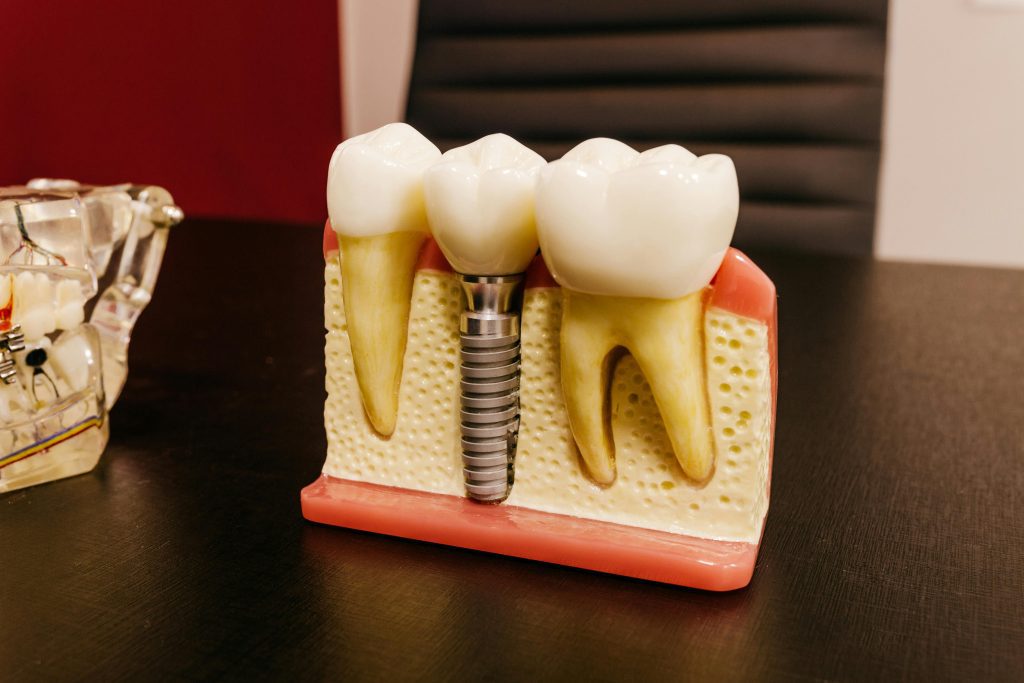Dental implants have revolutionized the way we approach tooth replacement. More than just a cosmetic fix, they offer a long-term solution that restores function, preserves jawbone health, and boosts confidence. If you’re considering a dental implant or have been recommended one by your dentist, understanding the process can ease any concerns and help you make an informed decision. Here’s everything you need to know about dental implant placement — from consultation to recovery.
What Are Dental Implants?
Dental implants are artificial tooth roots made from biocompatible materials like titanium. They are surgically placed into the jawbone to provide a stable foundation for crowns, bridges, or dentures. Once fully integrated with the bone, implants function just like natural teeth — allowing you to eat, speak, and smile with confidence.
Why Choose Dental Implants?
Unlike dentures or bridges, dental implants are designed to last decades with proper care. They don’t rely on adjacent teeth for support, which means they help maintain the integrity of your surrounding natural teeth. More importantly, implants stimulate the jawbone, preventing the bone loss that often occurs with missing teeth.
Step-by-Step: The Dental Implant Placement Process
1. Initial Consultation
The first step is a thorough evaluation with your dentist or oral surgeon. This includes:
- Dental and medical history review
- X-rays and possibly 3D imaging (CBCT scan)
- Assessment of bone density and gum health
Based on these findings, your dental team will determine if you’re a good candidate for implants or if you require preparatory procedures like bone grafting or sinus lifts.
2. Treatment Planning
If you’re cleared for implant placement, a personalized treatment plan is created. This plan outlines the number of implants needed, the type of restoration (crown, bridge, denture), and the expected timeline. Some patients may be candidates for same-day implants, but most cases involve a healing period.
3. Surgical Placement of the Implant
The implant placement is typically performed under local anesthesia, though sedation options are available for nervous patients. The surgeon makes a small incision in the gum, drills a precise hole into the bone, and inserts the titanium post. The gum is then sutured over the implant, and a healing cap may be placed.
This phase is usually pain-free during the procedure and manageable with over-the-counter pain relievers afterward.
4. Osseointegration (Healing Period)
Osseointegration is the process where the implant fuses with your natural bone — a critical step for long-term stability. This can take anywhere from 3 to 6 months depending on your overall health and bone quality.
During this time, your dentist may provide a temporary crown or bridge for aesthetic and functional purposes.
5. Abutment Placement
Once osseointegration is complete, a small connector piece called an abutment is attached to the implant. This may require a minor surgical procedure if the gum has healed over the implant.
6. Final Restoration
After the gums heal around the abutment, a custom crown, bridge, or denture is crafted and securely attached. The result is a natural-looking and fully functional tooth that blends seamlessly with your smile.
Recovery and Aftercare
Most patients experience minor swelling, bruising, or discomfort for a few days after surgery. This can be managed with prescribed or OTC medications, soft foods, and good oral hygiene. Avoid smoking and follow your dentist’s instructions closely to ensure proper healing.
Maintaining your implant is simple: brush, floss, and see your dentist regularly. With consistent care, implants can last 20 years or more — many lasting a lifetime.
Dental implants are more than just a tooth replacement — they’re an investment in your health, function, and confidence. While the dental implant placement process involves several steps and a healing period, the long-term benefits far outweigh the temporary inconvenience. If you’re missing teeth or facing extractions, consult with your dental provider about whether dental implants and the placement procedure are the right solution for you.
A complete, healthy smile is within reach — and dental implants can help you get there.


